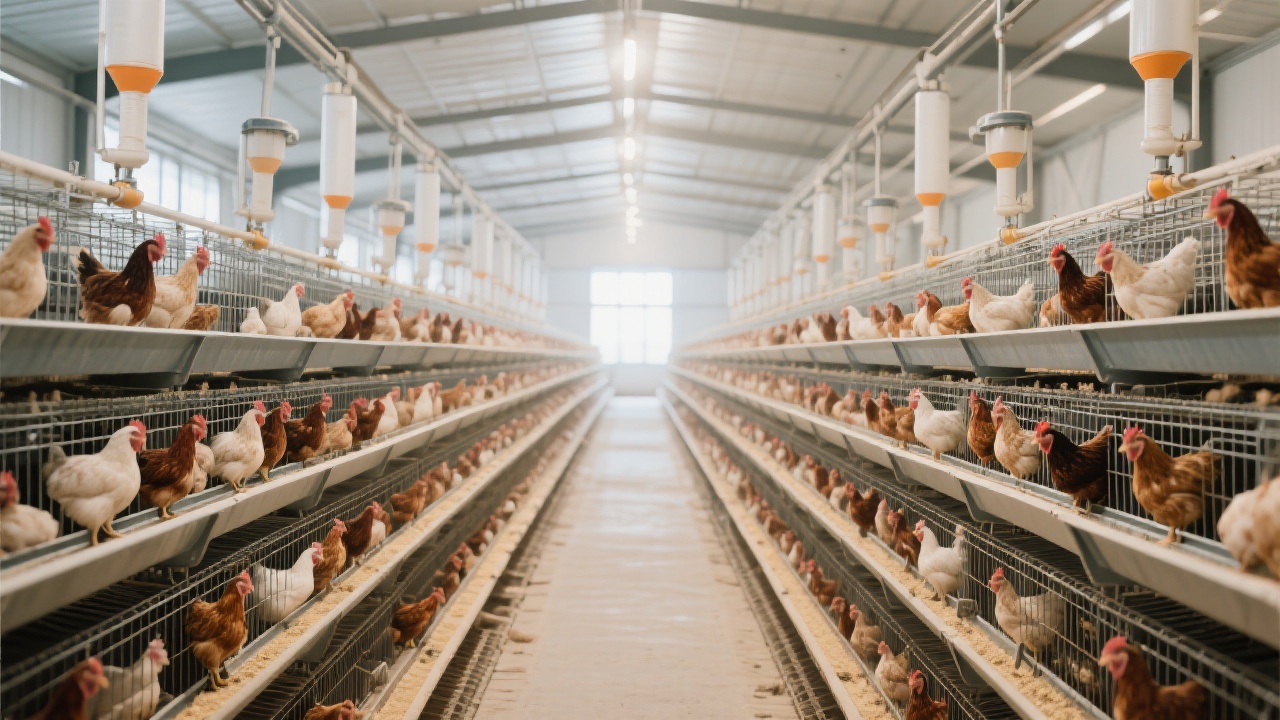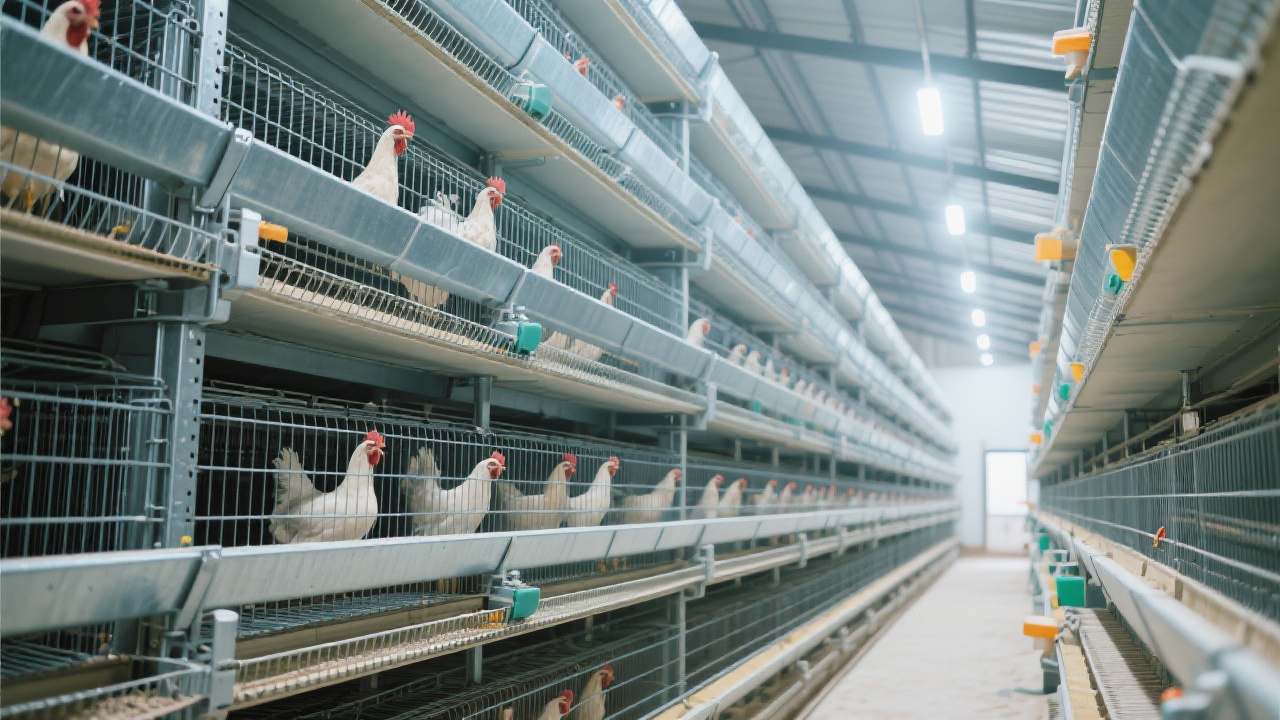
In modern large-scale egg production, optimizing space utilization while maintaining a balance between stocking density and ventilation is crucial. Zhengzhou Livi Machinery Co., Ltd. has introduced an efficient H-type layer hen cage that addresses these challenges through innovative vertical structure design.
The inter - layer height of the H - type hen cage is a key factor in achieving a balance between ventilation and space. By carefully calculating and adjusting the height, it ensures that each layer has sufficient air circulation. For example, in a typical 5 - layer H - type hen cage, a well - planned inter - layer height of about 30 - 35 cm can increase the ventilation rate by 20% compared to traditional cages. This not only improves the air quality inside the cage but also effectively utilizes the vertical space, allowing for a higher stocking density without sacrificing ventilation.

Understanding the natural behavior paths of laying hens is essential for cage design. The H - type hen cage is designed to reduce stress and improve the health of hens. For instance, by observing that hens tend to move horizontally and vertically in a certain pattern, the cage is designed with ramps and platforms that mimic their natural movement. This reduces the stress caused by overcrowding and unnatural postures. In a real - world farm, after using the H - type hen cage, the incidence of leg problems in hens decreased by 15%, and the egg - laying rate increased by 8% within a year.
The H - type structure of the hen cage is highly compatible with automatic manure removal and egg collection systems. The automatic manure removal system can quickly and efficiently clean the manure from each layer, maintaining a clean environment inside the cage. The egg collection system can gently collect eggs from different layers, reducing the breakage rate. In a large - scale farm with 10,000 hens, the use of these automated systems in combination with the H - type cage reduced the labor cost by 30% and the egg breakage rate by 12%.

Let's take a farm in Shandong as an example. Before using the H - type hen cage, the farm had a stocking density of 800 hens per 100 square meters, with an average egg - laying rate of 70%. After replacing with the H - type hen cage, the stocking density increased to 1200 hens per 100 square meters, and the egg - laying rate increased to 78%. At the same time, the ventilation rate improved from 15 air changes per hour to 20 air changes per hour, effectively reducing the incidence of respiratory diseases in hens.
Farmers are advised to regularly check the inter - layer height and adjust it according to the growth stage of hens. They should also ensure that the automatic systems are working properly and clean the cages in a timely manner. In addition, observing the behavior of hens can help farmers detect problems early and make corresponding adjustments.
Zhengzhou Livi Machinery Co., Ltd. is a leading brand in the field of egg - laying hen cage manufacturing. With 20 years of experience in the international market, we have the expertise and strength to provide you with high - quality H - type hen cages and comprehensive technical support. Choose Zhengzhou Livi Machinery, and let us help you achieve efficient and sustainable egg production.

